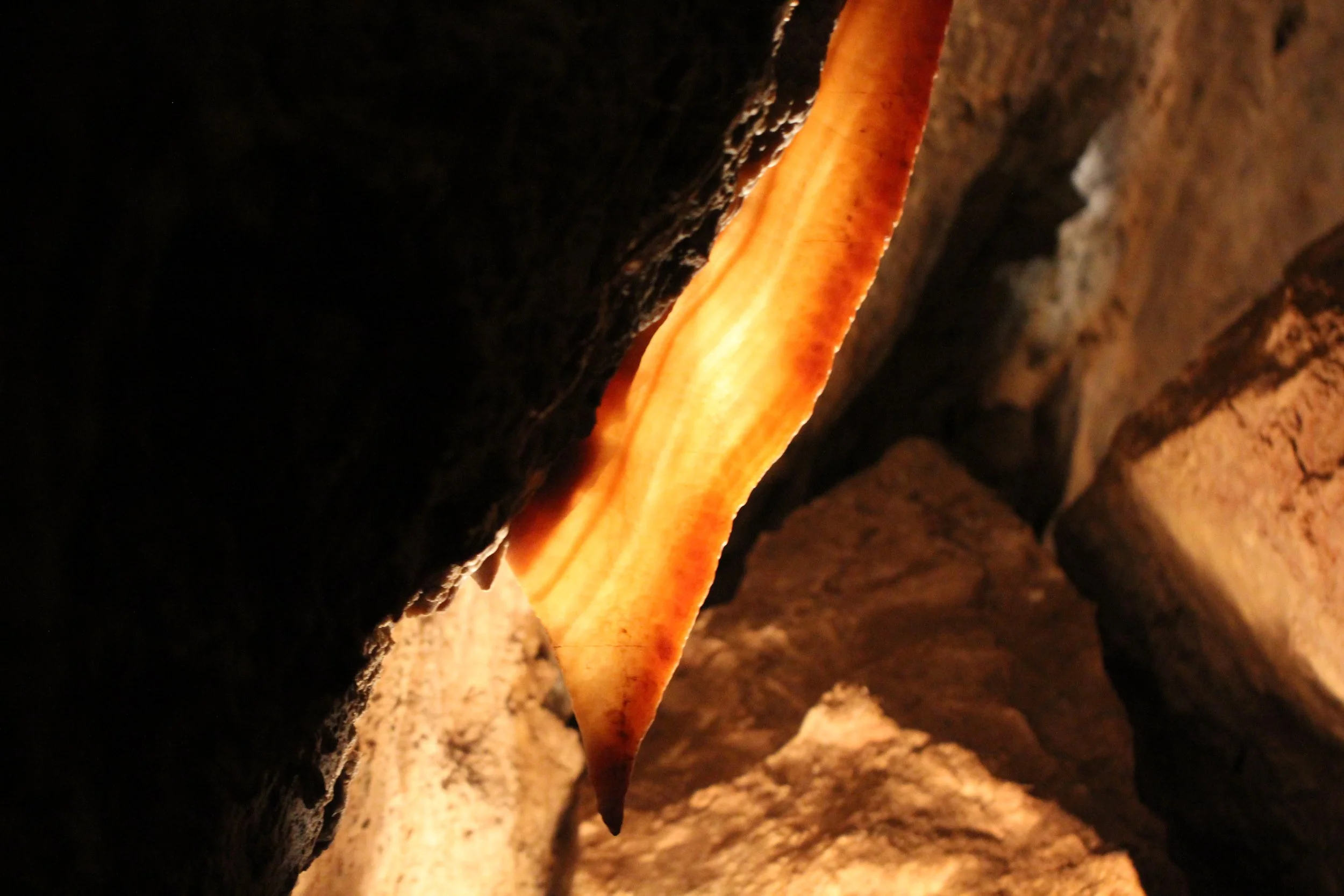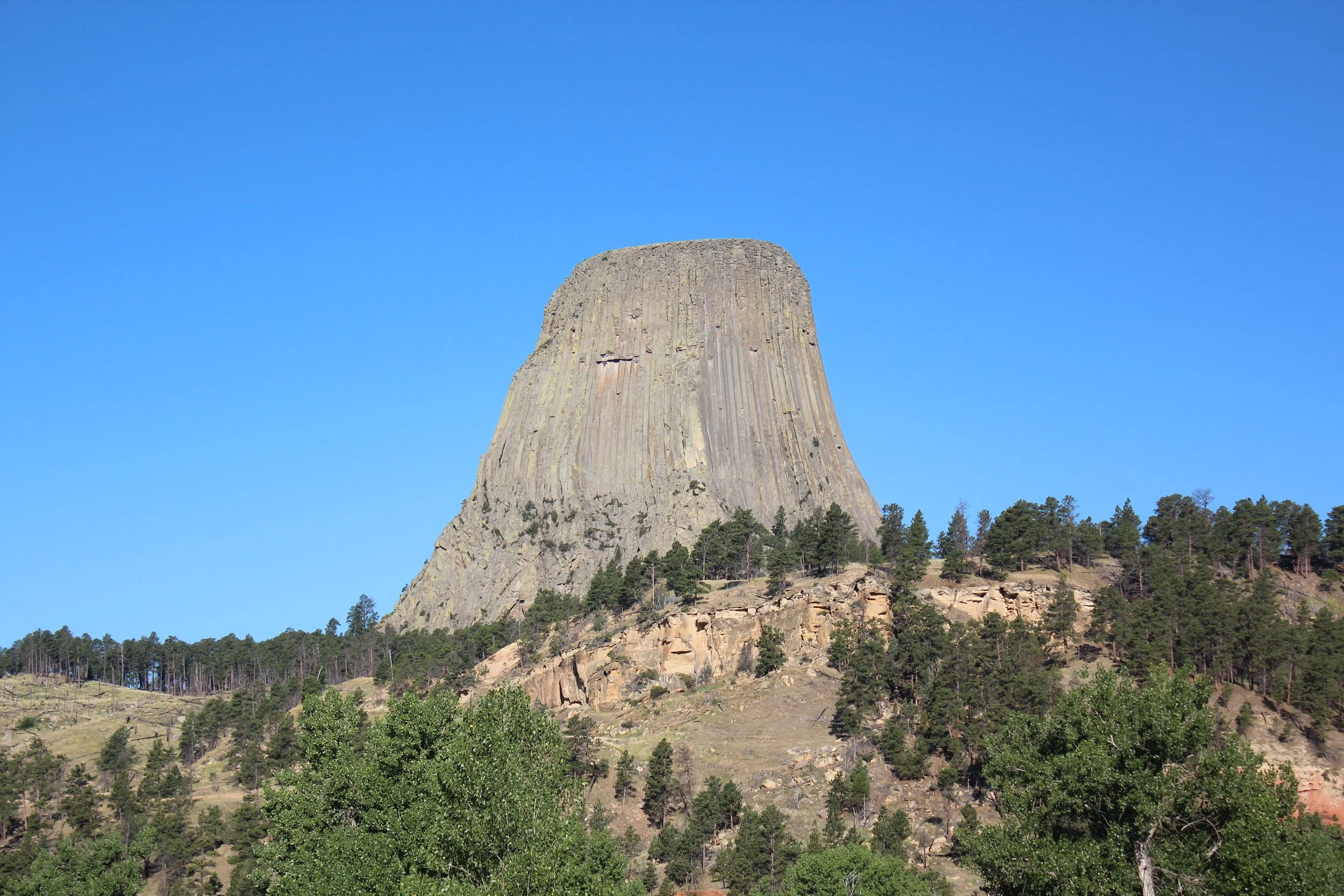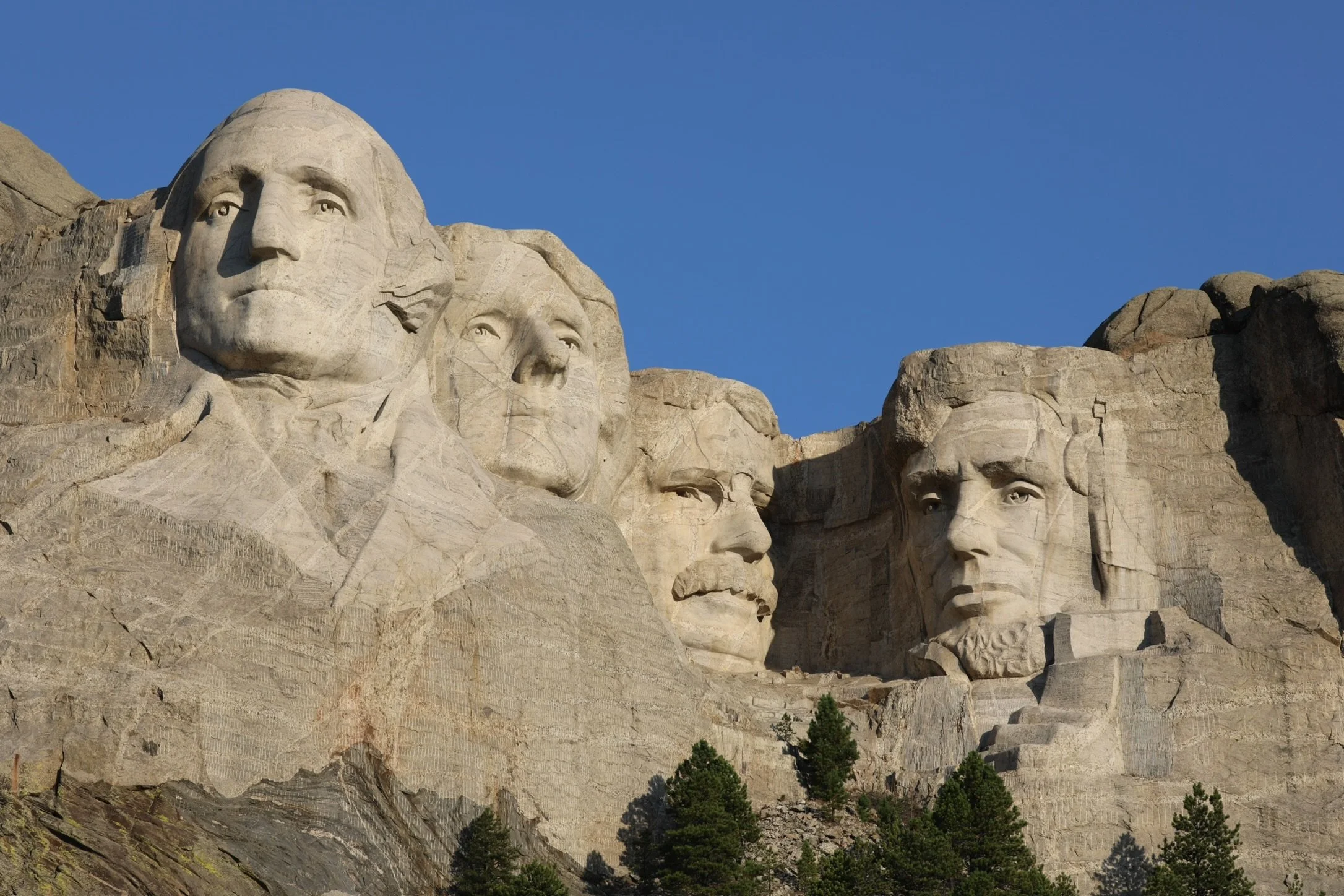Global Warming and Climate Change are hard concepts to understand when the temperature often changes day to day. I live in Minnesota, where in the month of April it can be 80F one day and snowing the next. This is what we refer to as weather, and weather has lots of variability. When your weather app says there is a 50% chance of rain, it just means that 50% of the time previously when we have had the exact same conditions it rained. And 50% of the time it didn’t rain. Climate describes how our weather patterns change over long periods of times. Climate assesses the averages of the averages in weather. Global Warming is a term to describe a trend in Earth’s climate. Our planet is slowing increasing in average temperatures over a period of several years. This matters because this increase in temperature is causing other weather patterns referred to collectively as Climate Change.
Global Warming and Climate Change are affecting us today and will continue to do so in more and more dramatic ways so it’s important to talk about this, continue to learn about it, and understand what we need to do about it.
Yes, I know you’re busy, because my family is too. We juggle two careers as working parents and run between school, baseball, soccer, swimming, cub scouts, music, and church. How can you possibly take something more on and worry about environment, especially when there are lots of people that get paid to do this as their profession? It’s a valid point, but the truth is, if we want to continue living here (on this planet) then we all need to start taking steps toward caring and acting, and we are quickly running out of time. The suggestions I have towards the end of the post don’t take a lot of time or effort. Please consider what you can do and encourage others to do the same.
Impact of Climate Change
To start with, let’s talk about how Global Warming has led to different kinds of weather changes (Climate Change) around the globe.
Hurricanes
What comes to mind when you hear the following names? Andrew, Katrina, Sandy, Harvey, Irma, Maria. Probably images of crushed homes, downed palm trees, and destruction. These are some of the most deadly or costly hurricanes in US history. Now note the year that each occurred in: Andrew (1992), Katrina (2005), Sandy (2012), Harvey (2017), Irma (2017), Maria (2017). Does anything about that make you feel uncomfortable? That three of the most destructive storms have all occurred recently in 2017 is a little unnerving. What’s changed?
Increasing global temperatures have caused our oceans to also warm. This has caused 3 things: 1. Ice is melting. As the ice on nearby land melts, the water travels into the oceans and increases the sea level. 2. Warmer water takes up more space than colder water and is also responsible for a rising sea level. With higher sea levels, the storm surge of a hurricane already starts with an advantage and the water can now get further inland and cause more damage than it previously could at lower sea levels. Since 1900, our oceans have risen between 7-8 inches – our oceans are big… That’s a lot of extra water, which can do quite a bit more damage in a storm. 3. Warm moist air from the ocean fuels storms – that’s why hurricanes usually start near the equator. Warm air holds more water vapor than cold air. Warmer air over the ocean leads to higher intensity storms and more rainfall during the hurricane.
Floods
Climate change doesn’t cause hurricanes, but it increases their intensity. Similarly, climate change doesn’t cause floods, but it increases the intensity of rainfall. As our air warms, more water evaporates from oceans, lakes, and streams. Warmer air holds more water, so when it rains it rains more. When you live downstream of a river, this causes more frequent flooding.
A few other things not related to climate change have also led to increased flooding. 1. Reduced wetlands. Wetlands are places that can fill with water when it rains, but then dry up in other times of the year. This land works exactly like a sponge. When it rains, the land soaks up and stores the water and prevents flooding. As our cities expand, we tend to destroy these wetlands in order to build over them. Without this sponge, we tend to get more flooding. 2) Increased impermeable surfaces. When it rains, water soaks into the ground. Water does not soak into roads. As we make new roads or widen existing roads, the water simply has less places to go. This is also leading to increased flooding.
Droughts
How can climate change cause both floods and droughts? They are opposite, aren’t they? Consider that water comes to the land in form of both rain and snow. As our planet warms, it will rain more frequently and snow less. When there is a nice gentle rain or slowly melting snow, the ground is able to absorb the moisture. Hard rainfalls though (more likely per the above reasons for increased flooding) do not penetrate as far into the ground. Warmer temperatures also lead to more evaporation of the remaining water. Typically, spring is a time of green and abundant growth as a result of water coming from melting snow. As snow melts earlier in the year, spring occurs earlier, leaving longer summers, which leads to longer periods of drought. Droughts might not make it in the news as often as a hurricane, flood, or wildfire, because it takes place over a longer period of time. But a drought is very impactful to humans. It is a lack of water – a basic necessity of life. Consider for a moment how more droughts to could lead to future fights over access to water. Out of all of the impacts of Climate Change that I have listed here, droughts scare me the most.
Wildfires
The risk of wildfires increases as droughts increase in both age (how long the land has been without water) and the vast amounts of land affected by the drought. Dry plant life will burn quickly, leading to devasting and deadly wildfires like last years Camp Fire, the most destructive and deadly wildfire in California’s history where 85 people died.
As the temperature on Earth go up, occurrences of drought will increase, and wildfires will become more frequent. Interestingly, wildfires also further speed climate change. As plants are burned, carbon dioxide stored within them are released into the air like our gas emissions released from vehicles. This thickens the blanket around Earth which is responsible for further warming our planet. This isn’t the direct result of humans, but it highlights why it’s even more important that we act on what we can, because there are several sources of carbon dioxide emissions that we have no control over.
Polar Vortex
What if you live in Minnesota and you just went through the winter of 2019 with a crazy number of days off school because it was too cold to safely wait outside for the bus? Note for those that don’t live in Minnesota, let me share that it has to be really cold to close school. If by 6am the windchill is -40degF or lower, or the air temperature itself is -25degF or colder, we cancel school. Don’t judge us. This is really really cold, and as annoying as a day off of school is to manage when both parents work, I appreciate our state looks out for the health and safety of our children.
So, it’s super cold in Minnesota – that’s got to be the end all be all – no global warming, it’s winter in Minnesota – the climate skeptics win. Except, unfortunately, this isn’t true either. Unfortunately for those that live in the northern part of our country, climate change will cause more days of extremely cold temperatures.
The Artic is warming faster than the rest of our planet, mainly due to the large amount of ice and snow melting. Ice and snow are white and reflect the sun’s rays. As this ice and snow melt and turn into the dark blue color of the ocean, the darker color collects more heat (the same reason you likely choose to wear a lighter color shirt on a hot day because you get warmer wearing a dark colored shirt). This increasing temperature makes the arctic air less different in temperature than other nearby air. Essentially this de-stabilizes the polar air streams and allows the air to move beyond the polar region. This arctic air is responsible for the polar vortex that we experienced this winter. Expect to see more polar vortex occurrences in the years to come.
Why is Climate Change Happening?
The fumes you smell in traffic and the plumes of air you see coming from smokestacks stay in our air. This has slowly been forming a thicker and thicker blanket around Earth and traps heat from the sun inside our atmosphere.
Earth’s heat comes directly from the sun. Without some level of a “blanket” in our atmosphere, this heat would go right back into space, leaving Earth frozen. So, to some degree, this blanket is a good thing. The trouble though, is the amount of sunlight Earth gets year to year doesn’t change. The only thing that is changing is that this blanket is getting thicker. As the heat can’t escape as easily, Earth has been slowly heating up. The reason the blanket is getting thicker is partly due to you and me. That’s a good thing (because we can do something about it) and a bad thing (because it requires us to actually take action, and we have been struggling with this for years). It’s an inconvenience for us to make change. Yes, there are other things outside of our control that are causing global warming. This is not an excuse for us to stop trying. It’s the reason we need to act with even more urgency before Climate Change spins completely out of our control.
Carbon Dioxide Levels have been Higher Before – Why is it a Problem Now?
I’ve heard this question come up a few times in the past weeks. It is true Earth has had different levels of carbon dioxide (one of the elements that acts as blanket in our atmosphere). What’s different though is that humans did not live on Earth. Earth will continue to exist regardless of Climate Change and Global Warming. Environmentalists aren’t trying to save our environment on behalf of Earth’s sake – they are trying to prevent the human species from going extinct. Internalize that, please. Earth exists independent of temperature, storms, and access to water. We do not. We need to act now to save us.
So Why is No One Working on This Problem?
Out of all of the conversations I’ve had with people about climate change, this is the question that catches me off guard the most. There are several solutions to this problem, and the great news is that people have been working on this problem for decades and we have a lot of the technology already developed. What we need is people to realize that we have the solutions, and we need people to care enough to implement the solutions.
Global Warming Solutions
1) Trees – Plant Trees! Lots and lots of trees! You may have heard the term Negative Emissions. Negative emissions refer to developing technology to suck greenhouse gases (like carbon dioxide) out of the air and store it in the ground. We could continue to spend money developing this technology, or we could just plant trees. Trees do exactly this for us completely free of charge – they suck carbon dioxide out of the air and store it in their roots in the ground. We just need to plant them – like a trillion trees – and protect the rainforest from being cut down. That’s all we need – a trillion or so trees planted and climate change ceases to exist as a problem. No technology needed. There’s plenty of space to plant this many trees on our planet. The problem that we need to solve is how to convince people to start planting trees.
This is a real solution. The simplicity to it should make us feel good. We can very much solve global warming. We just need to decide that we need to do it.
2) Renewable Energy – We need to continue to cut back on our dependence on fossil fuels and replace it with solar and wind energy. Fossil fuels are the remains of very old things. When we burn them to generate energy, carbon dioxide from the fuel is released into the atmosphere, which then forms that blanket. Wind and solar energy do not burn anything and as a result, nothing is released into the air.
We do need to create better battery technology though to be able to store energy generated for future use (example – solar energy needs to be saved throughout the night to continue to meet our power demands). We also need to make a roadmap for the future to make this switch in technology seamless. First, there are several people currently employed in the fossil fuel industry. We need to invest in education so these individuals can be re-deployed into renewable energy jobs. We also need to consider our entire energy infrastructure and what it will look like in the future to help existing power companies. Some homes are able to provide their own power due to installation of solar panels. We need to create a plan for how energy companies can be supported in this time of transition, as not every home has solar panels and still relies on power from an external source.
3) Transportation – Our gas-powered vehicles are the second highest source of carbon emissions, so we need to make some changes here as well. Again, the technology is already here, we just need to support it. I bought a Nissan Leaf 11 months ago, and I still love it! We still need more quick charge stations in our infrastructure (these stations charge your car to 80% of the battery life in 30 minutes) and businesses that we work at need to provide charging stations. With these two small improvements, anyone could drive an electric car and completely remove carbon emissions due to transportation.
4) Consumption – Everything we buy has an impact. Food, clothing, things for your home, toys, electronics, etc. Everything comes from the earth. Manufactured items also leave an environmental footprint during their processing. How the transportation of these items to your home (whether that’s to a store and you drive home or if it’s delivered directly to your home) also result in carbon emissions. Buy what you need but re-consider the impact before you buy what you want. Buy local when you can. Remove the excess in transportation and support local businesses. And purchase whole food over processed food. It’s healthier, cheaper, and has less of an environmental impact.
5) Role of Money in Politics – Industry influences our US government in different ways than are accessible to American citizens. Lobbyists representing industry and fossil fuels are part of the bill writing processes which affect you and I, but we are not included in this process. Businesses are looking for the bottom line that helps their shareholders. Businesses cannot get sick. Businesses do not need clean water to drink. Businesses have more cash than us and can use it to fund campaigns and messages to further increase their own profits. Consider supporting candidates that run campaigns without the use of funds from industry and PACs.
When you read a story online or hear a commercial, consider who is paying for it even though it likely will not outright state who funded it. Think about who is paying to get you to think the way you do? Support bills to increase transparency in who is funding the messages.
What Should You Do Today?
Read more, talk more, share resources that you find helpful. The above is a list of real solutions. What do you think you can do? If you need to buy a car, test drive an electric car before you buy a car. If you need to re-shingle your house as a result of a storm, ask about the cost of installing solar panels. Reach out to your electric company and ask if they have a program to ensure your electricity comes only from renewable sources. Plant trees. Reach out to your elected officials and let them know you care. Do your research before voting for a candidate based on party lines. And think before you re-post a story on social media that promotes something other than truth.
If you enjoy my posts, please consider signing up below to get email notifications of my latest posts. I will not share your email.
Other Posts from NatureImpactsUs.com


















For a non-hiker, a day at South Dakota’s Custer State Park could include an early morning drive through the wildlife loop. Then drive along Needles Highway, stopping for pictures at each pullout. Enjoy the afternoon at Sylvan Lake - stroll around it and then rent canoes. Head to Mt. Rushmore before the sunsets and enjoy the lighting ceremony.
Hikers may want to start the morning at wandering around the Sunday Gulch Trail, then cool off at the beach in Sylvan Lake. Enjoy an evening drive around the Wildlife Loop. A second morning could be spent driving along Needles Highway, and parking at the Cathedral Spires trailhead. Scramble up to Little Devil’s Tower, and then hike up to Black Elk Peak. Enjoy the evening at Mt. Rushmore.